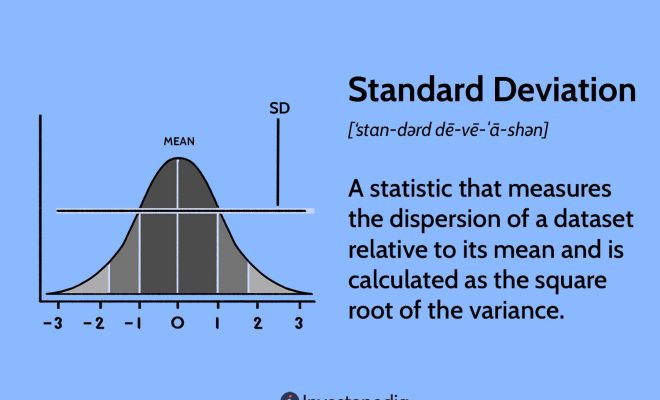How to calculate percent relative standard deviation

Percent relative standard deviation (RSD) is a widely-used statistical measure that quantifies the variability or dispersion of a set of data values. This measure allows scientists, researchers, and analysts to determine the precision and reliability of experimental results or measurements. In this article, we will provide a step-by-step guide on how to calculate the percent relative standard deviation.
Step 1: Gather your data
To calculate the percent RSD, you first need a set of data values. These can be measurements, results from an experiment, or any series of numbers for which you want to determine the dispersion.
Step 2: Calculate the mean
Find the mean (average) of the data values by adding all values together and dividing the sum by the total number of data points.
Mean = Σ(data values) / n
where Σ represents the summation, n is the number of data points in your dataset, and “data values” are the individual values within your dataset.
Step 3: Determine deviations from the mean
Next, find each data value’s deviation from the mean by subtracting the mean from each individual value.
Deviation = Data value – Mean
Make a note of these deviations as you will use them in step 4.
Step 4: Calculate squared deviations
Square each deviation calculated in step 3.
Squared deviation = (Deviation)^2
Step 5: Compute average squared deviation
Add up all squared deviations from step 4 and divide by the total number of data points (n) to obtain the average squared deviation.
Average squared deviation = Σ(squared deviations) / n
Step 6: Obtain standard deviation
Find the square root of the average squared deviation obtained in step 5. This gives you the standard deviation for your dataset.
Standard deviation = √(average squared deviation)
Step 7: Calculate percent relative standard deviation
Finally, to obtain the percent relative standard deviation, divide the standard deviation found in step 6 by the mean (from step 2) and multiply by 100.
Percent RSD = (Standard deviation / Mean) × 100
Conclusion:
Calculating percent relative standard deviation is a straightforward but essential statistical tool for assessing data variability. Following these seven steps will help you determine the precision and reliability of your measurements or experimental results. This, in turn, will allow you to make informed decisions, identify potential errors, and improve your experiment designs or data collection methods.






